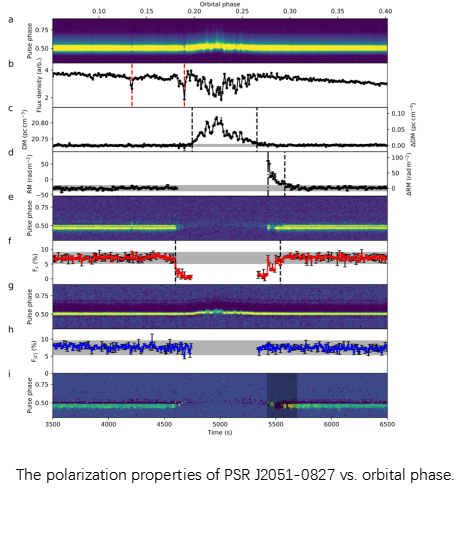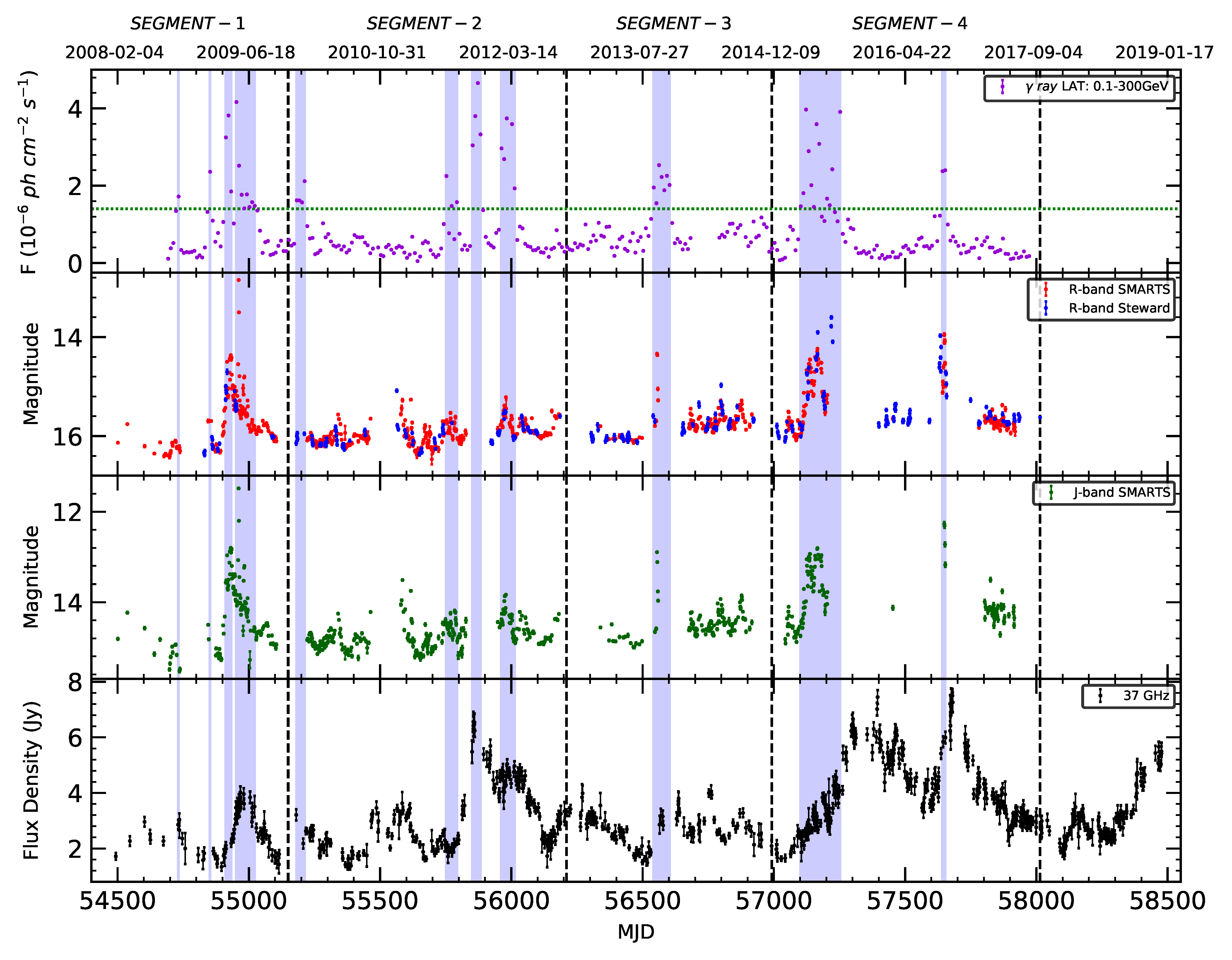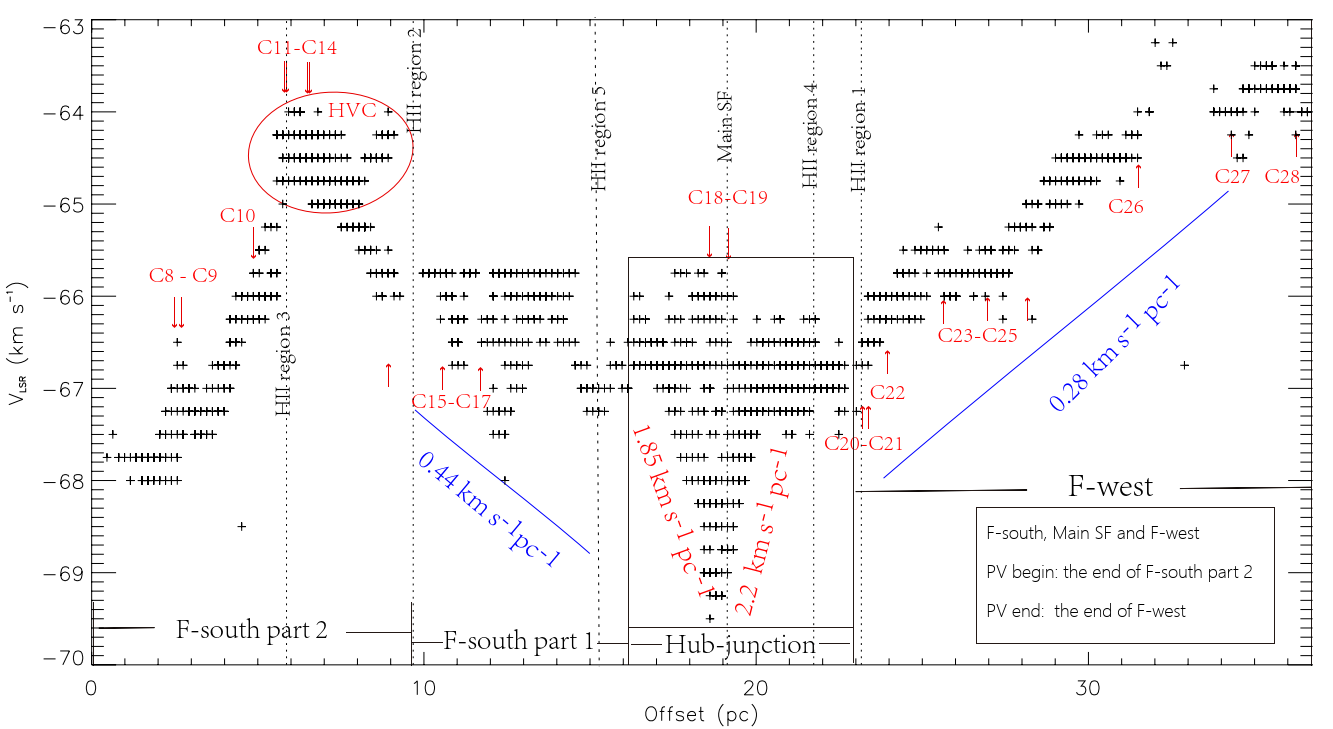Sep 11, 2023
Researchers discover the gravitational collapse and accretion flows in hub filament system G323.46-0.08
Hub-filament systems are ubiquitous in molecular clouds. Most dense clumps and cores are formed in filaments and play a key role in the star formation process. Therefore, investigating the hub-filament system is one of the best ways to u...Hub-filament systems are ubiquitous in molecular clouds. Most dense clumps and cores are formed in filaments and play a key role in the star formation process. Therefore, investigating the hub-filament system is one of the best ways to u...




